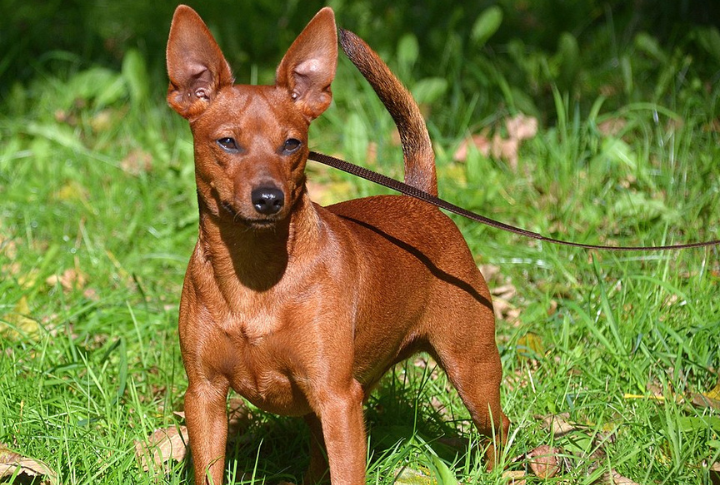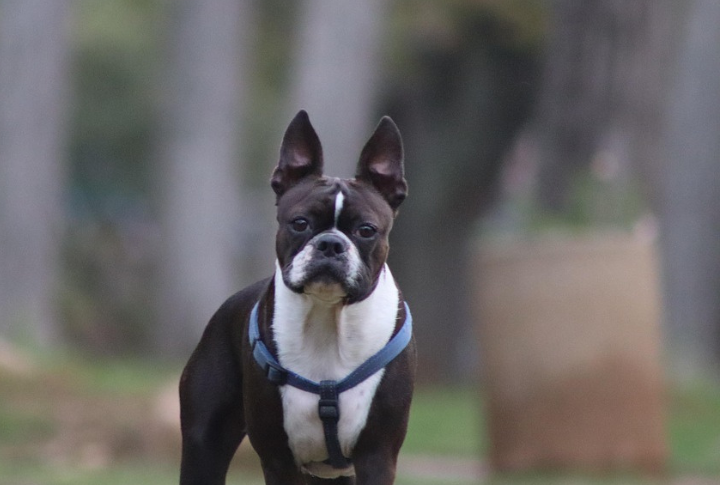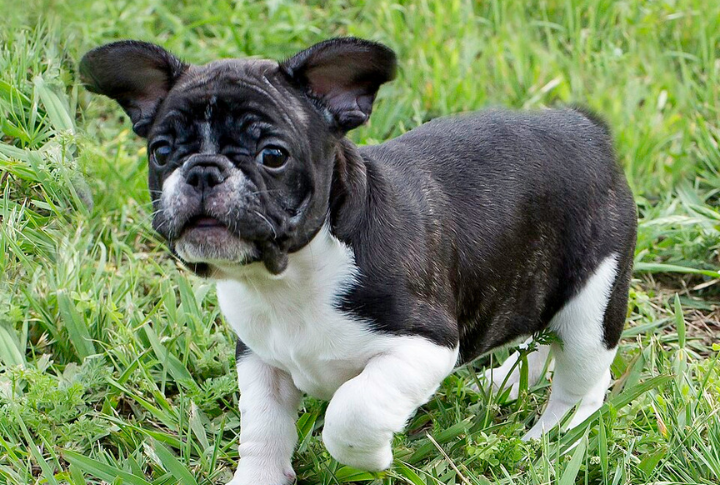10 Chilly Pups That Need Protection From The Cold

Some dogs charge into the snow like it’s the best day ever. Others step outside, freeze in place, and instantly regret their life choices. Not all breeds are made for winter, and forcing them into the cold can be uncomfortable or even dangerous. Knowing which ones need extra care can make all the difference.
Chihuahua

The Chihuahua is indeed one of the smallest dog breeds, and unfortunately, size matters when it comes to cold weather. Their tiny bodies don’t hold heat, and short coats don’t provide much protection against the chill. Additionally, the thin fur lacks the insulating layers that provide warmth in colder conditions.
Italian Greyhound

While the athletic build is perfect for running at high speeds, it’s far from ideal when it comes to resisting the cold. These dogs have minimal body fat, and their coats are so thin that they can get cold just standing outside for a few minutes.
Dachshund

Although Dachshunds have a smooth-coated coat, the unique shape means they’re still vulnerable to low temperatures. Plus, their small size makes them more susceptible to hypothermia compared to larger dogs. During winter, they can catch a chill from snow or wet grass, especially if exposed for too long.
Chinese Crested

This breed’s lack of a full coat means there’s no natural insulation that most dogs rely on in colder months. As a result, Chinese Cresteds are extremely sensitive to temperature changes and are particularly vulnerable to cold weather. Without fur, they also risk sunburn in the summer months.
Yorkshire Terrier

Yorkshire Terriers are tiny and cute as they come, but the downside of their delicate size is that they often feel the cold more acutely than other breeds. While silky coats are beautiful, they lack the dense undercoat that many dogs have to protect them from the cold.
Greyhound

These pups have extremely thin coats and very little body fat, so they are highly susceptible to low temperatures. Moreover, Greyhounds lack the thick fur and insulation beneath their skin that would help keep them warm in winter. This is why many Greyhound owners invest in dog coats and sweaters.
Miniature Pinscher

The Miniature Pinscher is a dog with a lot of energy. These little dogs have short coats that provide very little insulation against the elements. Like other small breeds, Min Pins can lose body heat quickly, and their high metabolism doesn’t always keep up with the cold.
Boston Terrier

As for Bostons, their short coats provide little insulation, and their compact bodies are more susceptible to the chill. What’s more, short snouts make it harder for Boston Terriers to warm the air they breathe when it’s cold. Extra protection helps keep them comfortable and safe.
French Bulldog

French Bulldogs are affectionate and often enjoy curling up on laps despite their grumpy appearance. Sadly, the breed has short coats and a relatively low tolerance for cold temperatures. Their compact size and short noses also make it harder for these dogs to regulate body temperature, especially in chilly weather.
Rat Terrier

Rat Terriers: small in stature, big on zoomies. But come winter? They’re not fans. With barely-there fur and fast metabolisms, these little dynamos can shiver up a storm—think sweaters, blankets, and serious snuggle time.





